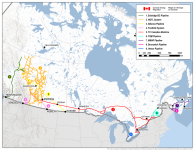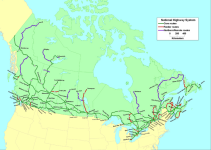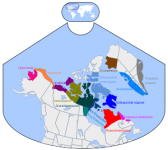How much has been invested in, and continues to be invested in, the seasonal port of Thunder Bay?
16 locks on the St Lawrence and Great Lakes.
Multiple harbours to dredge.
Ice to break.
Channels to mark.
SAR to support.
It all boils down to how much money can you make by exploiting those ports.
Both Churchill and Moosonee would bypass the entire St Lawrence infrastructure.
View attachment 85180
A freighter slammed into a drawbridge on the St.

www.latimes.com
ALLANBURG, Ont. -- Nearly a dozen ships are hung up in the Welland Canal, unable to cross through the international...

www.trucknews.com
Find breaking Montreal & COVID-19 news, live coverage, weather, traffic, in-depth reporting, sports, local events and video.

montreal.ctvnews.ca
Add in strike actions that link to the ocean starts to look kind of tenuous as well as expensive.
300 km of pipe at Moosonee together with some infrastructure - floating and/or fixed - as well as dredging and ice breaking doesn't look like such a major cost.
Likewise for upgrading and maintaining the rail line to Churchill and building 1200 km of line over land not worse than Alaska or the Mackenzie to a deepwater port with a rocky bottom and existing wharfage that opens in April while running to November-December.











